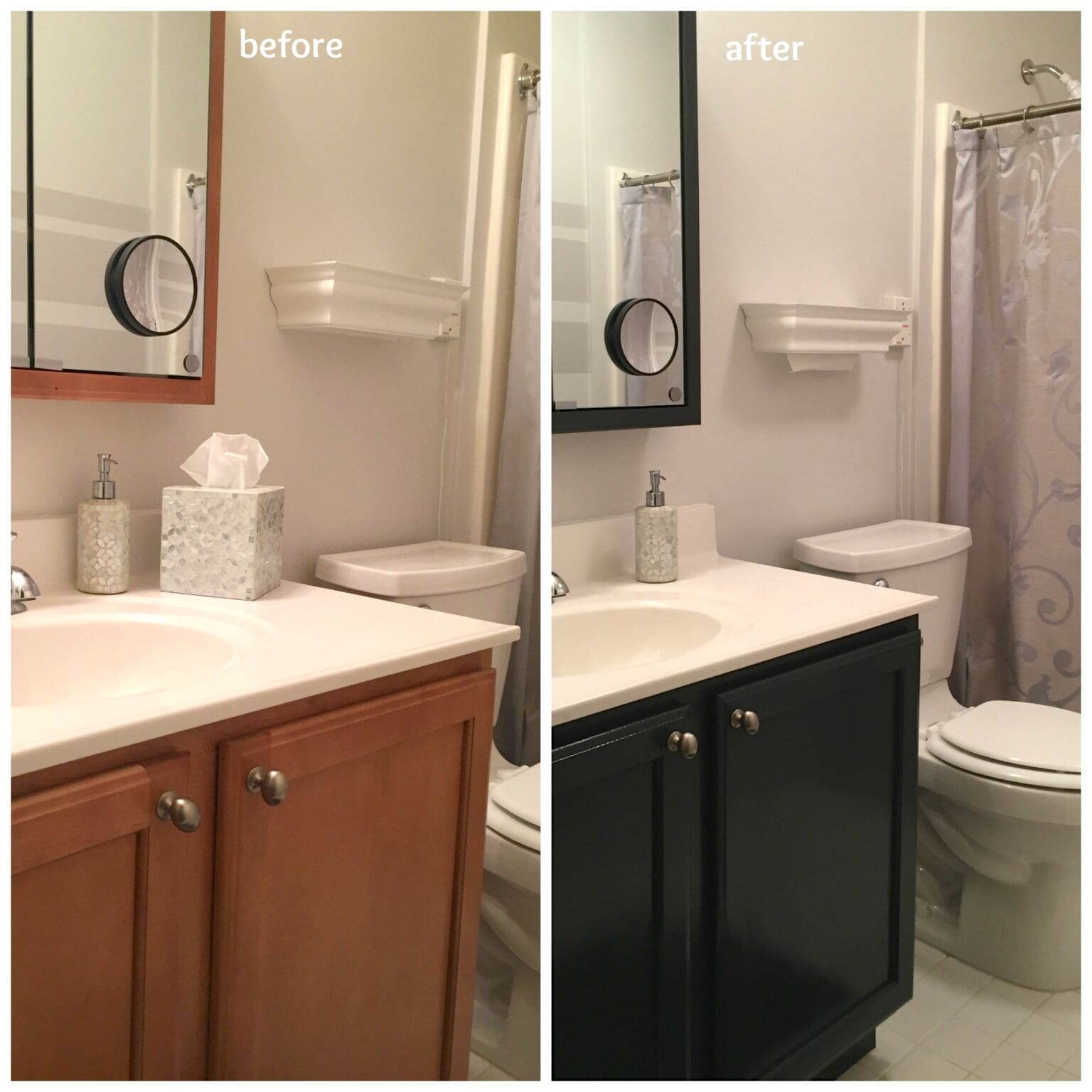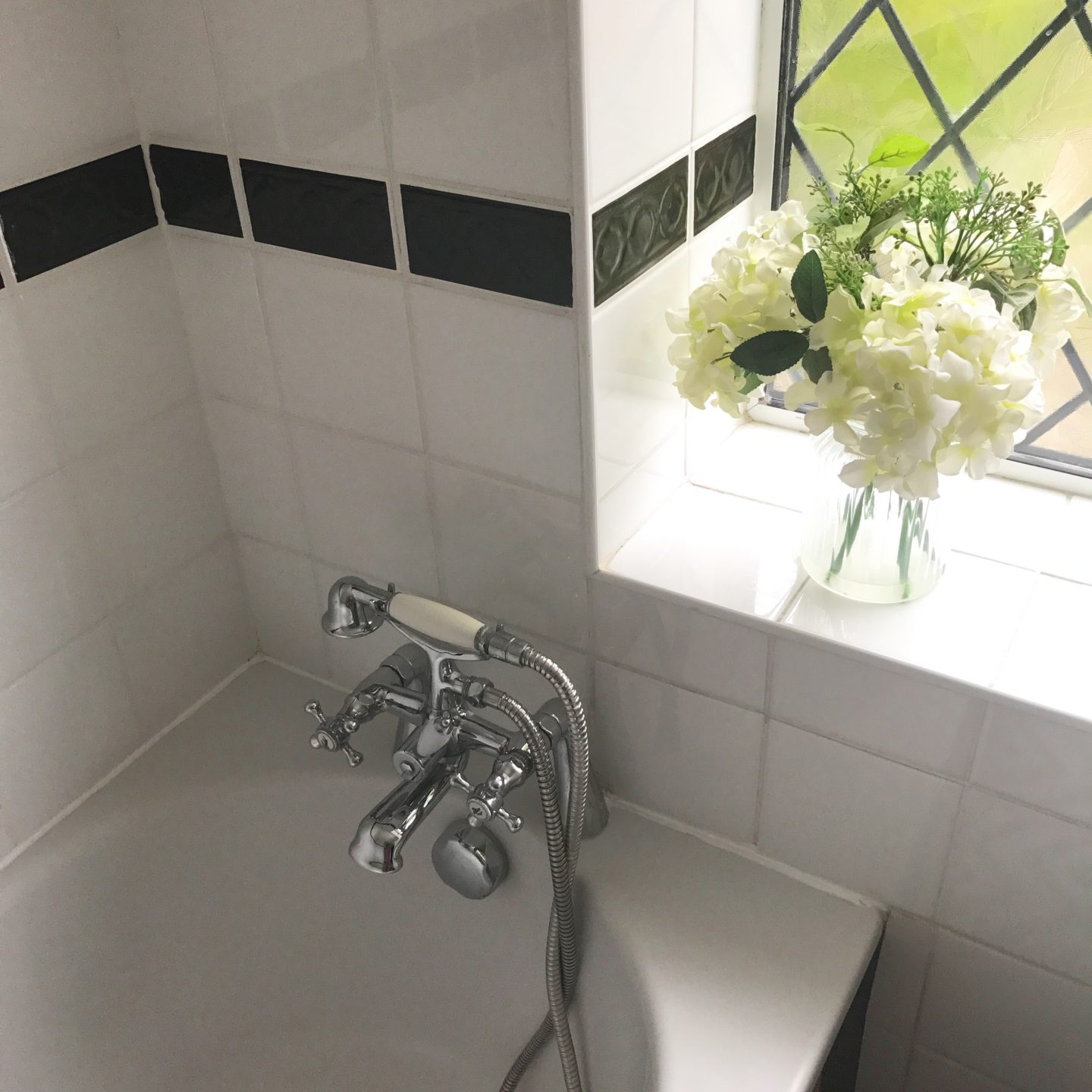Preparing for the Painting Project: How To Paint Bathroom Stalls

Painting bathroom stalls is a great way to freshen up the space and make it look more inviting. However, before you start painting, it’s essential to prepare the stalls properly to ensure a smooth and long-lasting finish.
Choosing the Right Paint, How to paint bathroom stalls
Choosing the right paint for bathroom stalls is crucial, as it needs to withstand moisture and humidity. The ideal paint for this purpose is a high-quality, mildew-resistant, and durable latex paint.
Tools and Materials
To paint bathroom stalls, you’ll need the following tools and materials:
- Paint brushes: Choose brushes with a suitable size and shape for the task. For larger areas, a roller brush can be helpful.
- Paint tray: A paint tray with a liner will help you pour and apply the paint efficiently.
- Drop cloths: Protect the floor and surrounding areas from paint splatters.
- Painter’s tape: Use painter’s tape to mask off areas you don’t want to paint, such as the floor, ceiling, and fixtures.
- Sandpaper: Use sandpaper to smooth out any rough surfaces before painting.
- Cleaning supplies: You’ll need cleaning supplies to thoroughly clean the stalls before painting.
- Personal protective equipment: Wear gloves, a mask, and eye protection to protect yourself from paint fumes and dust.
Prepping the Bathroom Stalls
Before you start painting, you need to thoroughly prep the bathroom stalls. This involves cleaning the stalls, masking off areas you don’t want to paint, and sanding any rough surfaces.
- Cleaning: Use a cleaning solution to remove dirt, grime, soap scum, and mildew. For tough stains, you can use a mild bleach solution. Rinse the stalls thoroughly with water after cleaning.
- Masking: Use painter’s tape to mask off the areas you don’t want to paint. This includes the floor, ceiling, fixtures, and any trim. Apply the tape carefully to ensure a clean line.
- Sanding: Sand any rough surfaces, such as chipped paint or rough edges. This will help the paint adhere better and create a smooth finish.
Painting Techniques and Strategies

Painting bathroom stalls requires specific techniques and strategies to achieve a smooth and durable finish. This section will provide step-by-step instructions, discuss different painting techniques, and explain how to avoid common painting mistakes.
Preparing the Surface
Before you start painting, it’s essential to properly prepare the surface. This ensures that the paint adheres well and provides a smooth, even finish.
- Clean the surface thoroughly with a cleaning solution. This removes dirt, grease, and grime that can interfere with paint adhesion.
- Sand the surface lightly to create a smooth and even texture. This helps the paint to adhere better and prevents brush strokes from showing.
- Apply a primer to the surface. This helps the paint to adhere better and provides a more even finish.
Applying the Paint
Once the surface is prepared, you can start applying the paint. Here are some tips for achieving a smooth and even finish:
- Use a high-quality paintbrush or roller. This ensures that the paint is applied evenly and smoothly.
- Apply thin coats of paint. This helps to prevent drips and ensures that the paint dries evenly.
- Allow each coat of paint to dry completely before applying the next coat. This prevents the paint from becoming sticky or peeling.
- Use a paint scraper to remove any excess paint. This ensures that the paint is applied evenly and prevents drips.
Avoiding Common Painting Mistakes
There are a few common painting mistakes that you should avoid. These include:
- Not cleaning the surface properly before painting.
- Applying paint too thickly.
- Not allowing each coat of paint to dry completely before applying the next coat.
- Not using a high-quality paintbrush or roller.
Troubleshooting Painting Issues
If you encounter any painting issues, there are a few things you can do to troubleshoot them.
- If the paint is not adhering properly, you may need to clean the surface again or apply a primer.
- If the paint is dripping, you may be applying it too thickly or not allowing each coat to dry completely.
- If the paint is not drying evenly, you may need to use a different type of paint or adjust the temperature and humidity in the room.
Finishing Touches and Maintenance

After the paint dries, you’ll want to take steps to protect your hard work and ensure your bathroom stalls remain looking their best for years to come. This involves applying a sealant to the painted surface and learning a few maintenance tips to prevent future damage.
Sealing and Protecting the Painted Surface
Applying a sealant is crucial to protect the painted surface from moisture, stains, and wear and tear. It creates a barrier that repels water and prevents the paint from chipping or peeling.
- Choose a sealant suitable for bathroom environments: Look for a sealant specifically designed for high-moisture areas. Water-based acrylic sealants are generally a good choice for bathroom stalls.
- Apply the sealant according to the manufacturer’s instructions: Each sealant has its own application guidelines. Carefully read and follow the instructions on the product label.
- Allow the sealant to dry completely before using the stalls: Ensure the sealant is fully cured before people start using the stalls. This will prevent smudging or damage to the sealant.
Maintaining the Painted Surface
Regular maintenance is key to keeping your painted bathroom stalls looking their best.
- Clean the stalls regularly: Use a mild soap and water solution to wipe down the stalls. Avoid harsh chemicals or abrasive cleaners that can damage the paint.
- Address any stains or damage promptly: If you notice any stains or damage to the paint, clean or repair them as soon as possible. This will prevent the problem from worsening.
- Avoid excessive moisture: While bathroom stalls are designed for moisture, try to minimize the amount of water that comes into contact with the painted surface.
Refreshing the Paint Over Time
Even with proper maintenance, paint will eventually show signs of wear and tear. Here are a few ways to refresh the paint over time:
- Touch-up minor scratches or chips: Use a small brush to apply a thin coat of paint to any minor imperfections.
- Repaint the entire stall: If the paint is significantly faded or damaged, consider repainting the entire stall. This will give it a fresh look and protect the surface.
- Apply a new coat of sealant: Applying a new coat of sealant every few years can help to protect the paint and keep it looking its best.
